Just south of the English-Scottish border in the lovely moorlands of Northumberland stands Chillingham Castle, reputedly the most haunted castle in England. Roaming proud and independent in the grounds is a herd of white cattle, the Chillingham Herd. They were first mentioned in 1645, but there are claims that the herd goes back at least seven centuries when the parkland was enclosed to mark it off from the moor.
But where were the cattle before that? Some say that they descend from white cattle introduced by the Romans as sacrificial animals.But genetic studies indicate that this is not a plausible hypothesis. But others,more credibly, believe that they descend from the wild cattle that roamed the ancient woodland that stretched across Northern England and Southern Scotland from the North Pennines to the Firth of Forth south of Edinburgh. They were trapped when the park was enclosed and remained ever since. In that time there has been no genetic input, but they have inputted into the genome of White Park Cattle.In recent decades the foot and mouth disease scare led to a small number being moved to another site to preserve the breed from extinction.
Why did not the Scots, who ever raided Northern England [just as the English raided Scotland] run off these prize cattle? Easy, you don't want to mess with these beasts. They are not cute animals, but big, bad tempered fellows who have to be carefully handled. Unlike beef cattle, which have big rumps for meat, these have broad shoulders for fighting and large horns. Some genetic studies indicate that they have some genetic affinity with the aurochs, the ancient wild cattle of Europe, now hunted to extinction.
They are not the only herd of wild white cattle. for the Vaynol herd in North Wales is similar, and its members are said to be like more angular white park cattle. In both herds the dominant bull rules and monopolizes the females, with the less dominant males forced to the fringes, until he ages and one of the others takes over.
The Chillingham and Vaynol herds have no contact with each other, so the fact that they resemble each other suggests that they are the descendants of the ancient cattle that roamed the ancient British woodland in by-gone days.


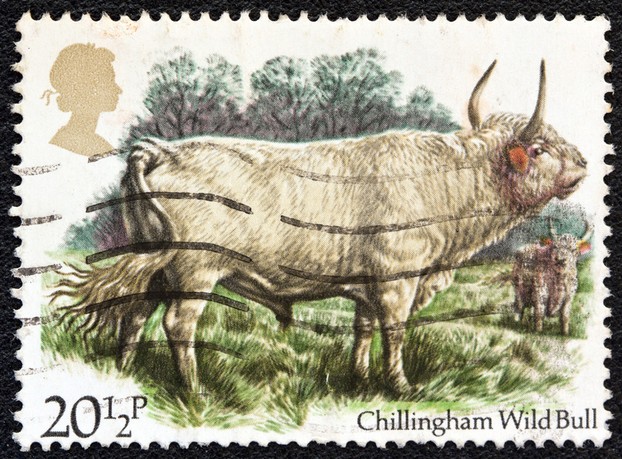
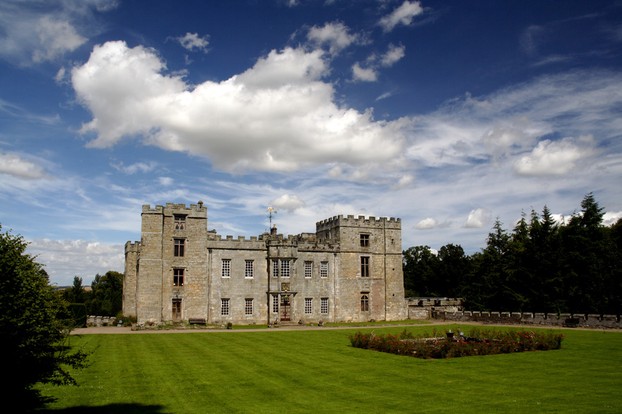


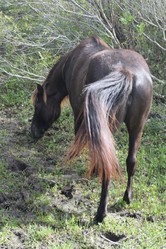

 Pilgrimage. A review25 days ago
Pilgrimage. A review25 days ago
 Leo the Fourteenthon 05/09/2025
Leo the Fourteenthon 05/09/2025
 The Melsonby Hoardon 03/25/2025
The Melsonby Hoardon 03/25/2025

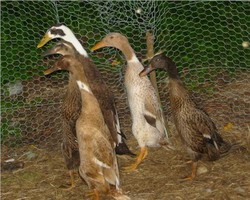
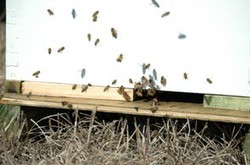
Comments
Horse lovers seeking a small pony.
The second and the fourth paragraphs to the third subheading, Wild ponies, mentions wild-herd sales.
Who might be among the purchasers?
I cannot say. I think that the numbers and percentages vary year by year according to weather conditions.
The second paragraph to the third subheading, Wild ponies, alerts us that "The Carneddau herd suffered a threat some years ago when heavy snows caused many horse deaths and so farmers had to spend some time refraining from selling the surplus horses until herd numbers rose again to a sustainable level."
What amount or percent of a pony herd is considered surplus?
You obviously know something about horses, and I was not aware that Arab traits were visible in the faces of some of the ponies. I always appreciate information new to me. Thanks!
I enjoyed this, Frank, I hadn't considered wild cattle roaming the countryside. The Welsh ponies were given a boost when Arab stallions were introduced, hence the notable 'dish' face of some ponies.
I agree that the reintroduction of wolves is a bad idea, for they are a threat to lambs. Much of this re-greening agenda is being driven by George Monbiot and his followers, but they show no concern for farmers.
If you ever meet a wild boar, walk away slowly.
I think the only wild boar in the New Forest are the occasional escapee from the farm. I hear they are very scary to meet up with during a gentle forest stroll. :)
Lots of animals are being reintroduced , otters for one but I am not sure if the reintroduction of wolves to Britain is a good idea.
Quite interesting Frank. I enjoyed your stories of wild herds in England.
I heard of them at different times, so I thought that I would put together what I had heard.